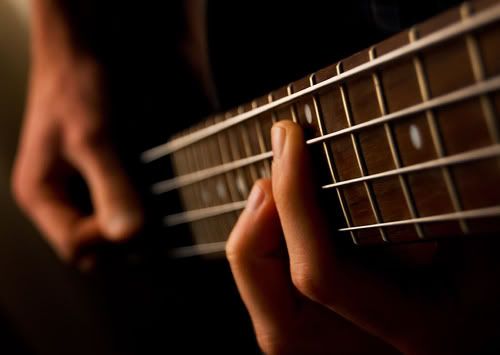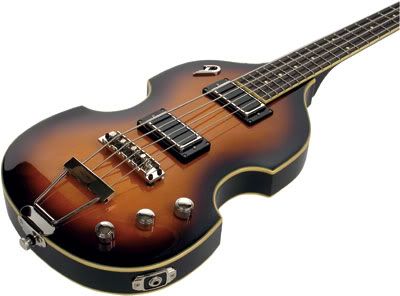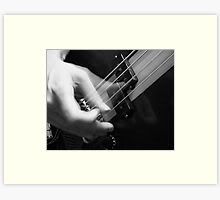There are different kinds of sequences that we can practice and memorize. This is very useful later for improvisation and even to play the melody.
For this page, I will always update to the latest sequence. All of the following sequences were trained with a slow tempo first, then start accelerating. One thing to keep in mind that "Speed is important but not absolute". Then trained in ascending (up) and descending (down). Learn one by one from each point below. Once memorized and then proceed to the next point
Let's get started...
1-2 - 3 - 4-5 - 6 - 7-1
Do - re - mi - fa - sol - la - he - do
• 123 (do, re, mi) - 234 (re, mi, fa) - 345 (mi, fa, sol) - 456 (fa, sol, la) - 567 (sol, la, si) - ff.
• 1234 (do, re, mi, fa) - 2345 (re, mi, fa, sol) - 3456 (mi, fa, sol, la) - 4567 (fa, sol, la, si) - ff.
• 13 (do, mi) - 24 (re, fa) - 35 (mi, sol) - 46 (fa, la) - 57 (sol, si) - ff.
• 21 (re, do) - 32 (mi, re) - 43 (fa, mi) - 54 (sol, fa) - 65 (la, sol) - ff.
• 16 (do, la) - 27 (re, si) - 31 (mi, do) - 42 (p, re) - 53 (sol, mi) - 64 (la, fa) - ff.
• 67 (la, si) - 56 (sol, la) - 45 (fa, sol) - 34 (mi, fa) - 23 (re, mi) - 12 (do, re) - ff.
• 123 (do, re, mi) - 1234 (do, re, mi, fa) - 234 (re, mi, fa) - 2345 (re, mi, fa, sol) - ff.
• 12 343 (do, re, mi, fa, mi) - 23 454 (re, mi, fa, sol, fa) - 34 565 (mi, fa, sol, la, sol) - ff.
• 321 (mi, re, do) - 432 (fa, mi, re) - 543 (sol, fa, mi) - 654 (la, sol, fa) - 765 (si, la, sol) - ff.
• 4321 (fa, mi, re, do) - 5432 (sol, fa, mi, re) - 6543 (la, sol, fa, mi) - 7654 (si, la, sol, fa) - ff.
• 671 (la, si, do) - 567 (sol, la, si) - 456 (fa, sol, la) - 345 (mi, fa, sol) - 234 (re, mi, fa) - ff.













